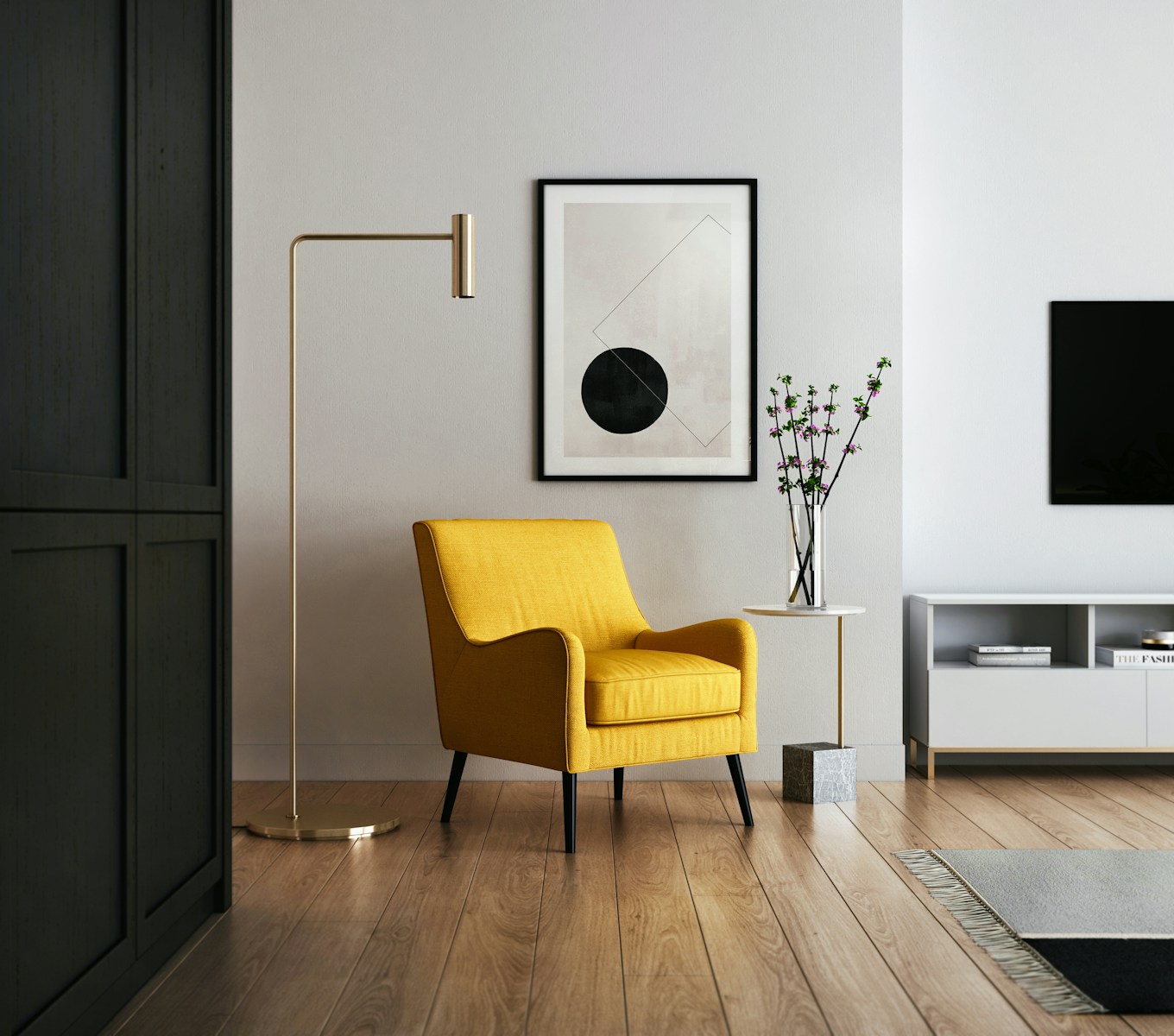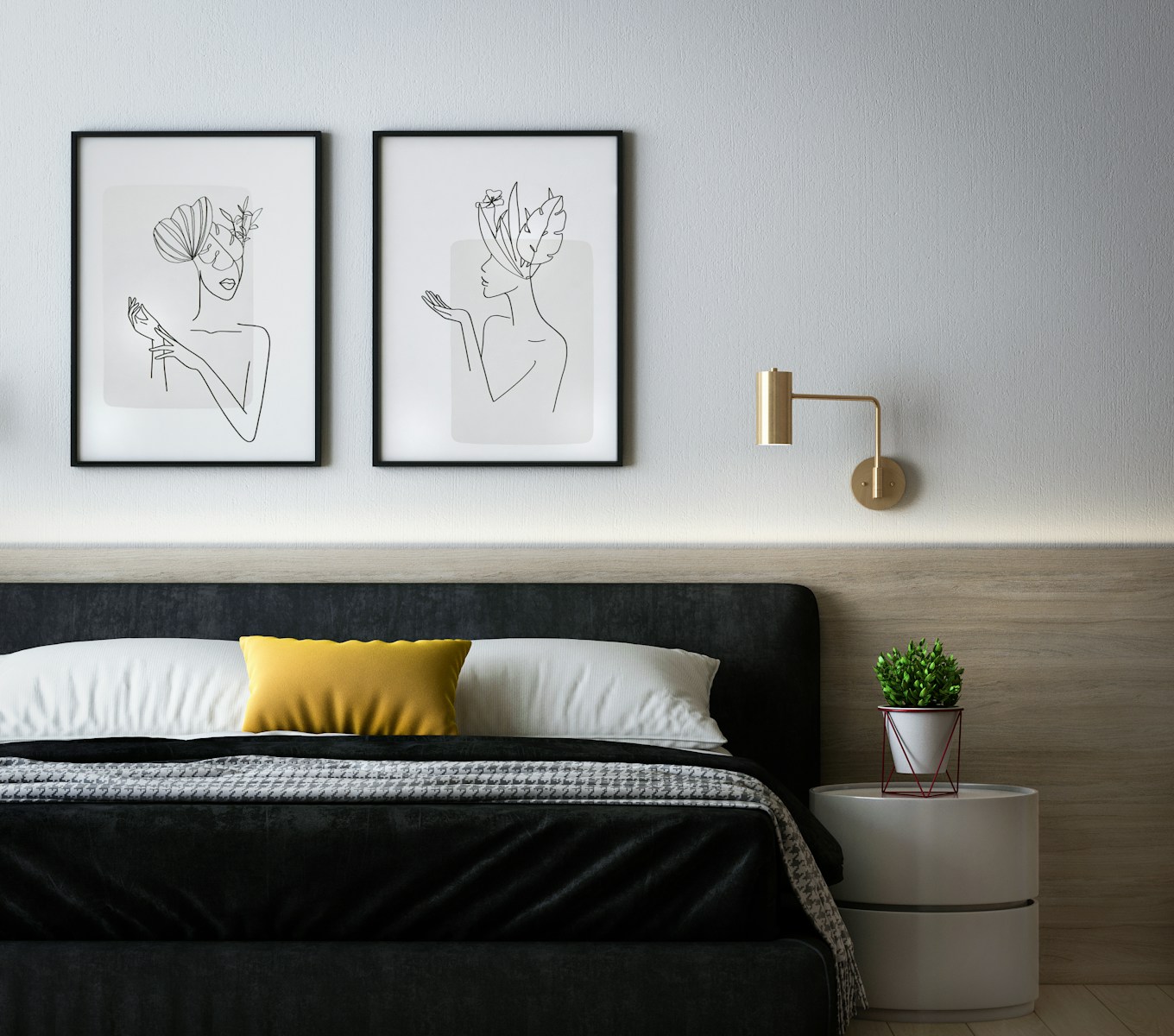Wall art can transform a room, adding character, color, and a personal touch that reflects your taste and personality. Whether it’s a gallery wall of family photos, a large statement canvas, or a collection of framed prints, hanging wall art effectively requires both creativity and a bit of planning. To ensure your pieces enhance your space rather than overwhelm it, here are some practical tips for hanging wall art like a pro. We recommend hypebeast wall art.
1. Choose the Right Placement
Before picking up a hammer, consider the function of the room and the wall space available. Eye-level placement is a general rule, with the center of the artwork around 57–60 inches from the floor, which aligns with average human eye height. In rooms where people are seated—such as dining rooms or living rooms—you may want to lower the artwork slightly. Also, consider the furniture: art should generally hang 6–12 inches above a piece like a sofa or console table.
2. Plan the Layout First
For multiple pieces, especially gallery walls, lay your artwork out on the floor first to experiment with arrangements. Use painter’s tape to outline the dimensions on the wall, or cut paper templates the size of each piece and tape them up. This prevents unnecessary holes and helps you visualize the final result. Consistent spacing between frames, typically 2–4 inches, contributes to a clean and balanced look.
3. Consider Scale and Proportion
A common mistake is choosing art that’s too small for the space. A large wall can dwarf a small piece, making it look out of place. For big, empty walls, consider larger works or group smaller pieces together to create a unified look. As a rule of thumb, artwork should be about two-thirds the width of the furniture it hangs above.
4. Use the Right Hanging Tools
Always use appropriate hardware based on the weight of your artwork. Lightweight pieces can often be hung with adhesive hooks or nails, while heavier items may require wall anchors, picture hooks, or screws drilled into studs. For very heavy frames or mirrors, consider using a hanging wire and two hooks for added stability.
5. Keep Alignment and Leveling in Mind
A crooked frame can ruin the look of even the most beautiful artwork. Use a level or a smartphone leveling app to make sure each piece is straight. When hanging multiple items in a row or grid, a measuring tape and pencil will help keep spacing consistent and lines aligned.
6. Match Style with Space
Your choice of wall art should complement your interior design style. Minimalist artwork works well in modern spaces, while vintage prints may better suit rustic or eclectic interiors. Coordinate colors with your room’s palette to create cohesion without being too matchy-matchy.
7. Don’t Be Afraid to Mix and Match
Variety can add interest and personality. Combine different sizes, frame styles, and types of art—such as photography, paintings, and textiles—to create a dynamic arrangement. Just be sure to have at least one unifying element, whether it’s color, frame finish, or subject matter, to keep the collection harmonious.


